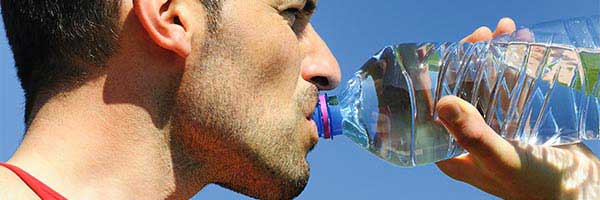
Most of us healthy folks get enough water in the foods and liquids we consume. That includes any liquid we drink — even caffeinated beverages like soda, coffee and tea. Our kidneys work to perfectly balance and regulate our water requirements so that we take in and retain as much fluid as we need. Healthy people can let thirst be their guide to their fluid requirements.
However, certain medications — such as those for heart disease, stomach ulcers or depression — can alter your thirst mechanism. So can certain diseases, like diabetes insipidus. The elderly can also sometimes have a poorly-regulated thirst mechanism. Another group of individuals that may require more fluids are people who have problems with kidney stones or chronic urinary tract infections. They may to need to over-hydrate from time to time and may benefit from excess water to flush out their kidney stones or bacteria from their bladder. Meanwhile, patients on dialysis for kidney disease may have to restrict their fluid intake.
Athletes, military recruits, or anyone forced to work outside during the hottest part of a summer day may require more fluids than generally recommended. And if you're already in the throes of heat illness or heat stroke, you may have an inadequate or malfunctioning thirst mechanism.
But for most of us, an easy way to gauge how well-hydrated we are is to simply look at our urine. It should be fairly clear, and if it is very dark yellow, that's sign we may need to drink more water.
$webqFacilityNumber
Need a Physician?